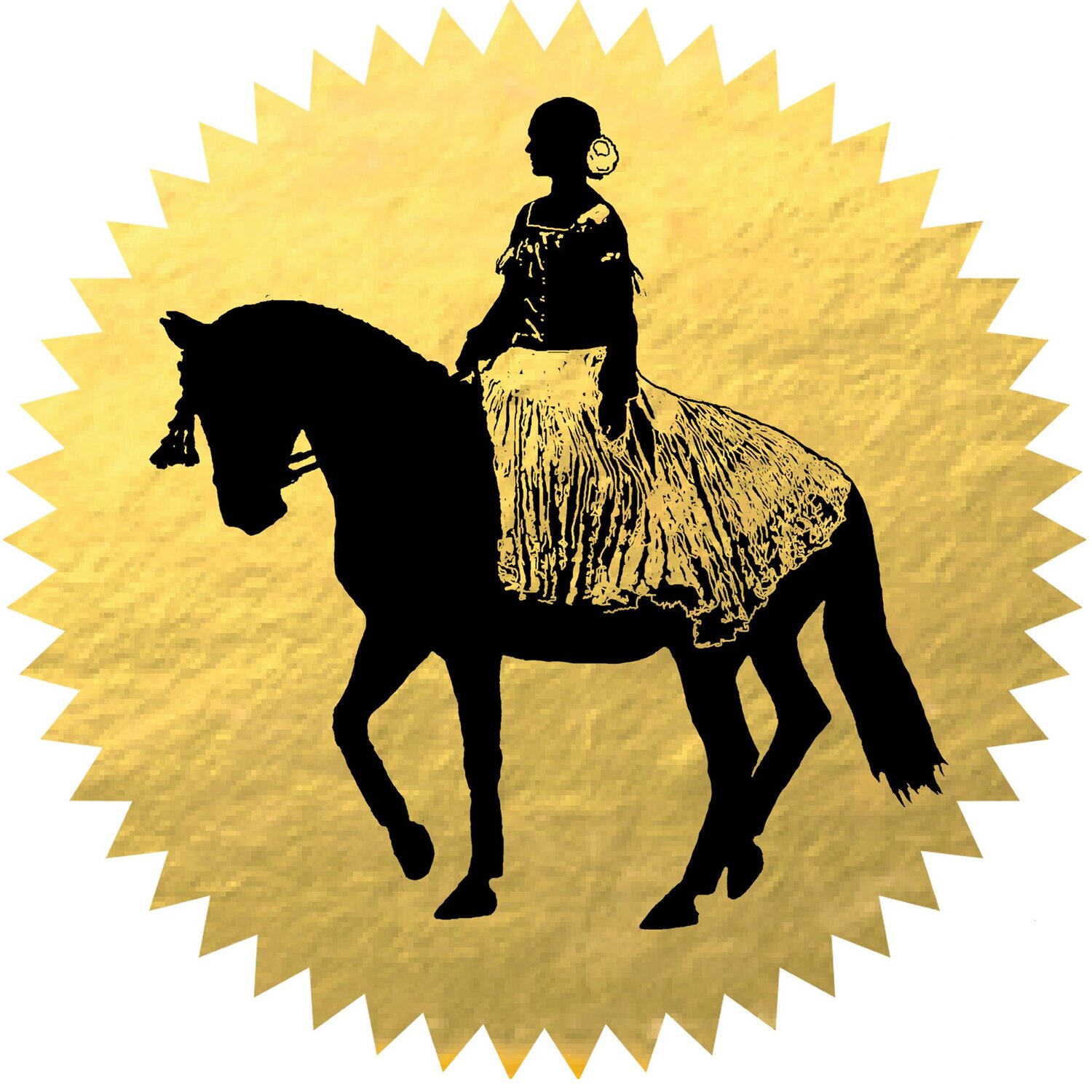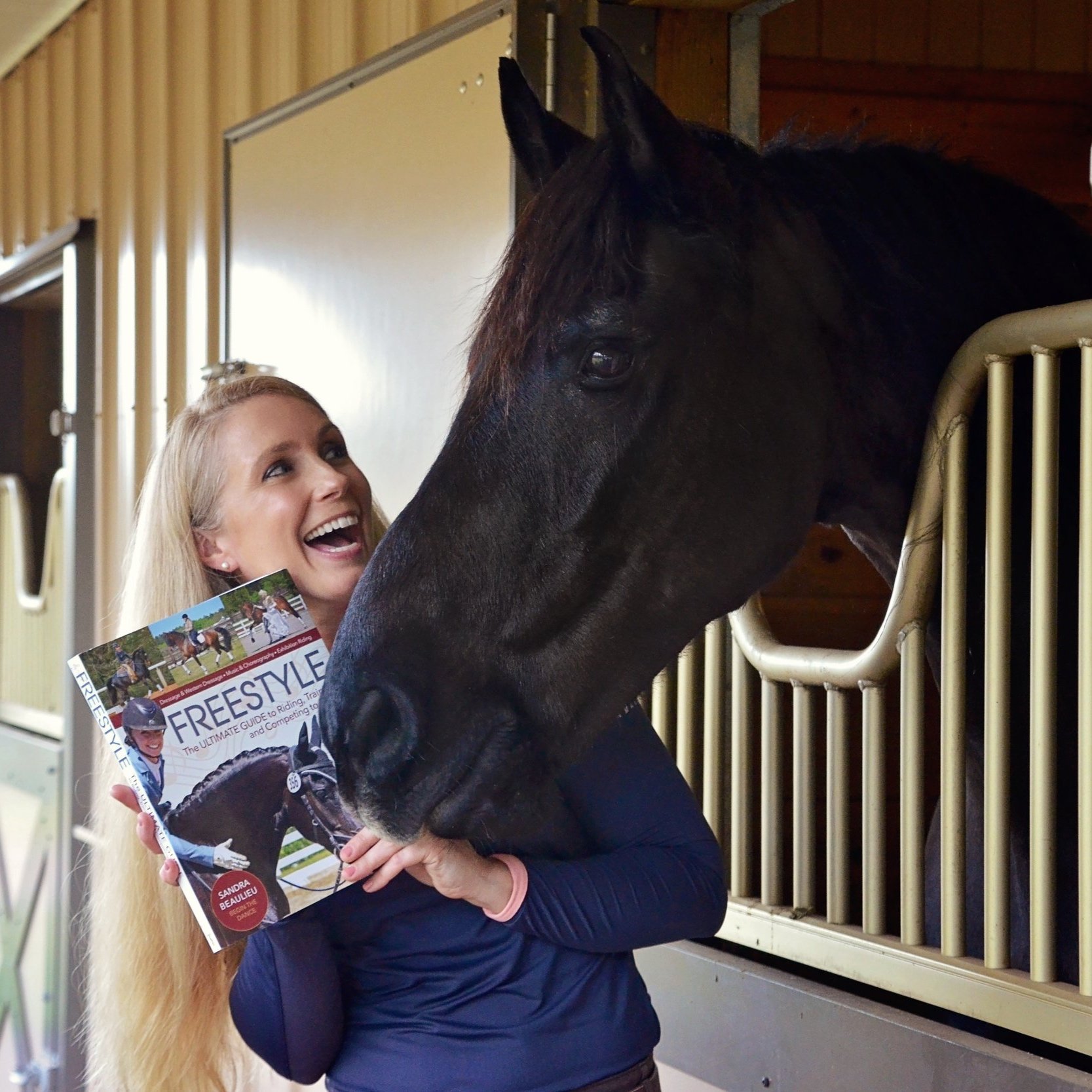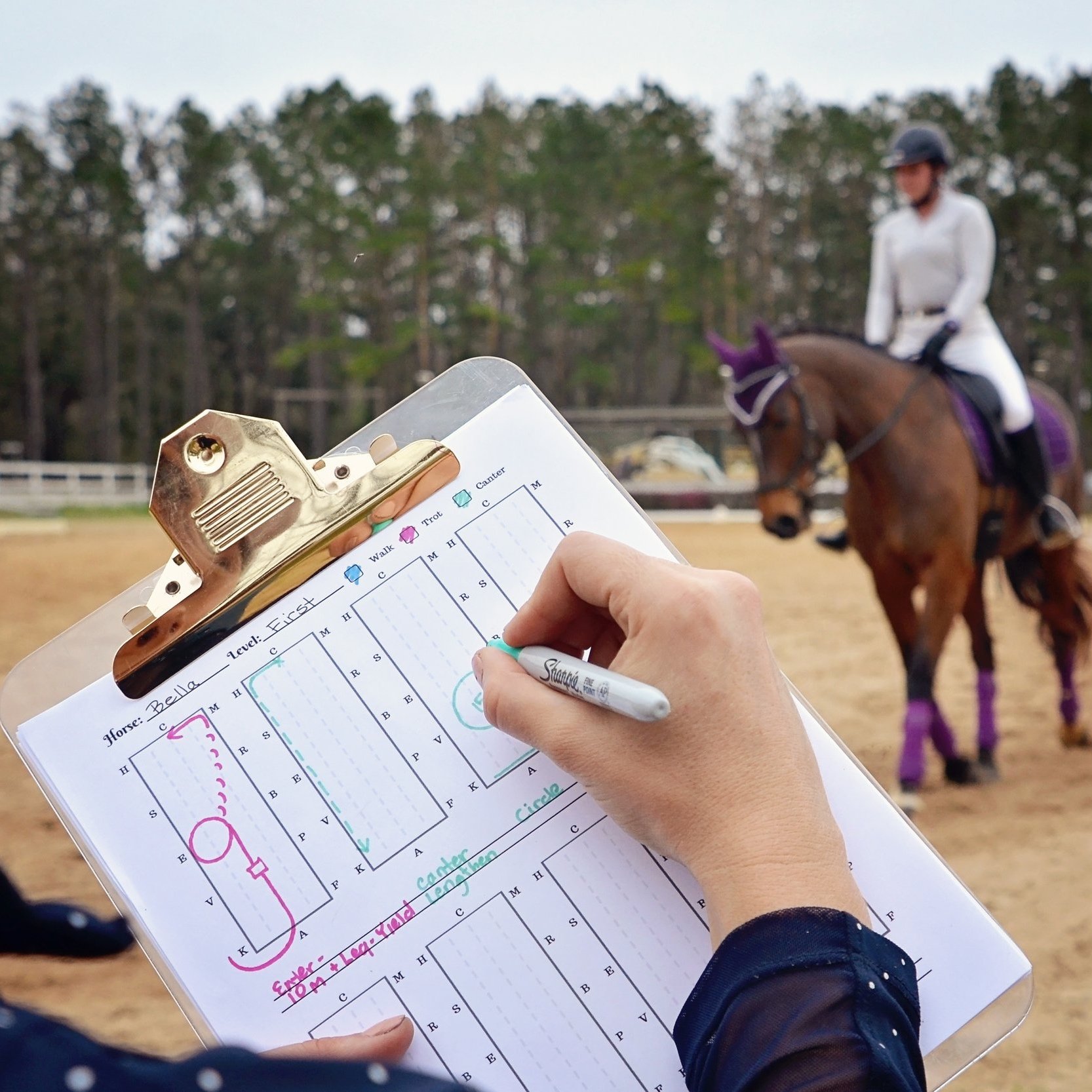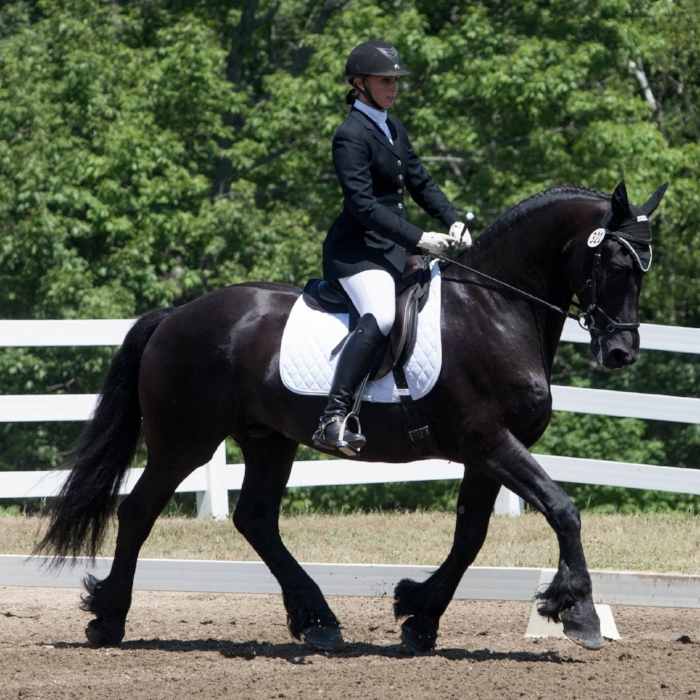Dressage Musical Freestyle Rule Changes for 2023
/Every four years the United States Dressage Federation (USDF) reviews their dressage tests and makes improvements/changes. This year there were a few notable changes in the freestyle tests that you should keep in mind when preparing to show.
The following changes will be active on December 1, 2022 and count until November 30, 2026.
Choreography Changes by Level
Training Level:
Sandra and Douwe compete in a First level musical freestyle. photo credit spotted vision photography.
The trot serpentine now specifies TWO or MORE changes of direction with loops no smaller then 15 meters.
The stretch trot circle in Training level now specifies that it must be ridden in a RISING trot.
First Level:
The Turn on the Forehand in the Additionally Allowed section has been removed and is no longer permissable.
Second & Third Level:
No changes to choreography requirements.
Fourth Level:
They have added Flying Changes of Lead every 4th Stride with a minimum of 3 Changes.
Scoring Changes by Level
Training Level:
The Medium Walk now has a double co-efficient.
First Level:
The Leg-Yields (left and right) and the Changes of Lead through Trot now have a double co-efficient.
Second Level:
New technical scores added for the transitions in and out of medium trot AND the transitions in and out of medium canter.
New double co-efficients for Medium Walk and the Simple Change of Lead (left and right).
Third Level:
The Medium Walk, Trot Halfpasses (left and right), Canter Halfpasses (left and right), and the Extended Canter now have double co-efficients.
Fourth Level:
The Collected Walk, Flying Changes of Lead every 3rd Stride, and the Canter Working Half-Pirouette (left and right) now have double co-efficients.
Make sure you are familiar with the dressage musical freestyle rule changes before you compete in 2023. Dressage rider Ashley Bizelli. Photo Credit: Kimberly Chason
Artistic Scoring Changes
The Rhythm, Energy, and Elasticity score has been moved from the Technical Marks and added to the Artistic Marks with a co-efficient of 4.
Harmony co-efficienthas increased to a 4 in Collective Marks (previously a 3).
Music and Interpretation co-efficients have decreased to a 2 in Collective Marks (previously a 3).
Degree of Difficulty score has been adjusted depending on the level.
First Level co-efficient is a 2
Second Level co-efficient is a 3
Third/Fourth Level co-efficient is now a 4
Feeling good after our freestyle ride. Photo credit: Spotted Vision Photography
Let’s Review
Overall I like these changes because they place more emphasis on the Harmony and Rhythm, Energy, and Elasticity marks. That should help improve the quality of the freestyle and reward riders that implement classical methods that pay attention to the welfare of the horse.
Click here to view the new USDF freestyle tests.
About the Author
Hello! My name is Sandra Beaulieu, author of FREESTYLE: The Ultimate Guide to Riding, Training, and Competing to Music and it is my goal to provide DIY tools and resources to help you create the musical freestyle of your dreams.
I am a USDF Freestyle Bronze Bar recipient and many of my clients/customers have earned their Bronze, Silver, and Gold Bars in addition to year end awards and championship placings.
As a USDF “L” Graduate I can offer an inside perspective from the judge’s booth, giving you an added advantage in the show arena.
Download Free Resources
Freestyle Book Store
Learn how to create a musical freestyle from start to finish or choose an e-Book with choreography ideas just for your level.
Click here to view all Freestyle Books and e-Books.















